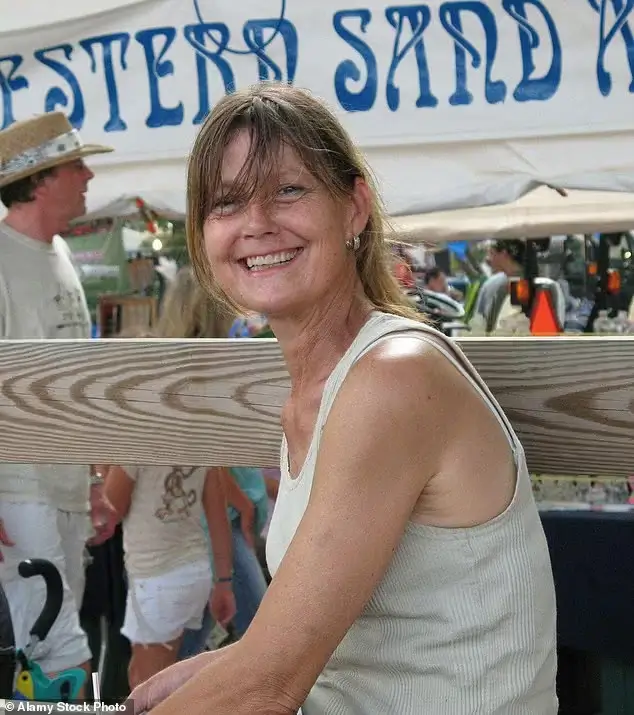
Charla Nash, the woman who suffered one of the most horrifying animal attacks in U.S. history, has shared what she looks like 16 years after undergoing a groundbreaking face transplant — a procedure that, she says, gave her back her life.
In February 2009, Nash was viciously attacked by Travis, a chimpanzee owned by her friend Sandra Herold, in Stamford, Connecticut. The 200-pound animal tore off Charla’s nose, lips, eyelids, and hands.
Despite Herold’s desperate attempts to stop the attack — using a shovel and a knife — the chimpanzee could not be subdued until police arrived and fatally shot it.

Severely disfigured and critically injured, Charla was rushed to the hospital, where she began a long journey of survival and recovery.
In 2011, she underwent a full-face transplant at Brigham and Women’s Hospital in Boston, becoming one of the few people in the world to receive such a procedure. She was also fitted with prosthetic glass eyes after losing her vision to a disease transmitted during the attack.
Now 71, Charla has opened up in a new interview with 60 Minutes Australia, reflecting on how the transplant transformed her life.
“It’s a wonderful thing,” she said. “Words can’t express the gratitude. I had this opportunity to live a better life.”
Charla explained that while the road to recovery has been long and difficult, she is slowly regaining some sensation in her face and has started eating solid foods again — something that once seemed impossible.
“I can feel my cheek and my forehead. The nose and the upper lip I can’t feel yet, but little by little, it’s coming back,” she said. “My goal is to be able to eat again — I was only drinking everything through a straw.”

Living in an assisted care facility, Charla continues to undergo daily rehabilitation and speech therapy. Despite her limitations, she remains resilient.
“Life’s getting better. It’s coming around slowly,” she shared. “It’s hard, but it’s better.”
The U.S. military funded Charla’s facial transplant as part of a broader effort to advance medical treatments for wounded veterans.
In exchange, she continues to participate in regular medical testing, including MRIs and CT scans, to track how her brain communicates with the transplanted tissue and how blood is flowing through her new face. Although her body rejected transplanted hands, the facial surgery has remained successful.
Doctors are particularly interested in observing nerve regeneration, scar healing, and facial mobility — including the functionality of her eyelids and mouth.
Before the attack, Charla led an active, independent life. In a 2014 interview, she candidly shared how much she had lost.
“I’ve lost so much independence,” she told The Boston Herald. “I used to change my own truck tire, and now I can’t even feed myself.”
Charla still dreams of one day living outside of a care facility. Through it all, she remains unwavering in spirit.
“I’ve never been a quitter,” said Nash, who raised her daughter, Briana, as a single mother.
Once feared and isolated because of her appearance, Charla’s resilience, medical journey, and message of hope continue to inspire many.

 Mzansi xxx
Mzansi xxx